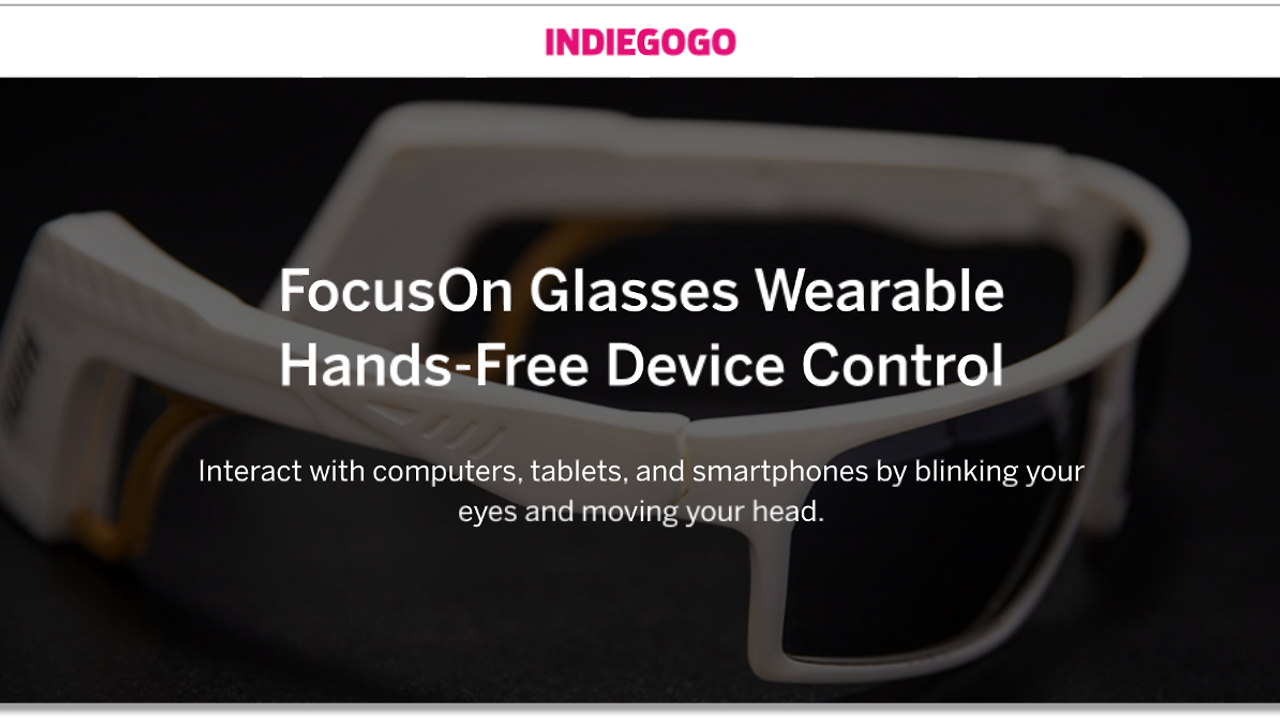
PTPA #005: Improve your Product Sense in less than 5 minutes
Sep 17, 2022Read Time: 5 minutes
You'll do many activities on your journey to find your new (or first!) Product Manager role, and the time it takes for each activity will vary widely.
In today's article, I will share with you one thing you can do for 5 minutes or less to practice your product sense and get used to analyzing new products.
The goal of this is to answer 3 key questions that can give us a rough idea of whether the product is really a good product or just an idea badly executed:
- Who is the product intended for? (Customers/Users)
- What Problem is it trying to solve? (Customer Pain-Points)
- Is the solution proposed better (easier/faster) than other alternatives? (Value Proposition)
Is this exercise going to be perfect? Absolutely not. This will also not tell you whether you should invest in a product.
Think of this exercise as going to the gym: you'll train a few muscles so that it becomes easier every day to analyze products, including on the day of your interview.
Let me show you the breakdown of this process.
1. Choose a product
I recommend doing this exercise with products that you've never heard about before. To pick Products, I typically use two websites:
- Indiegogo
- Product Hunt
To find good products to analyze, I recommend filtering for a topic you are interested in and sorting by date (Product Hunt), or by launching soon (Indiegogo).
This will ensure that you see products that are not yet on the market or "validated" by the community, really putting you up for a challenge.
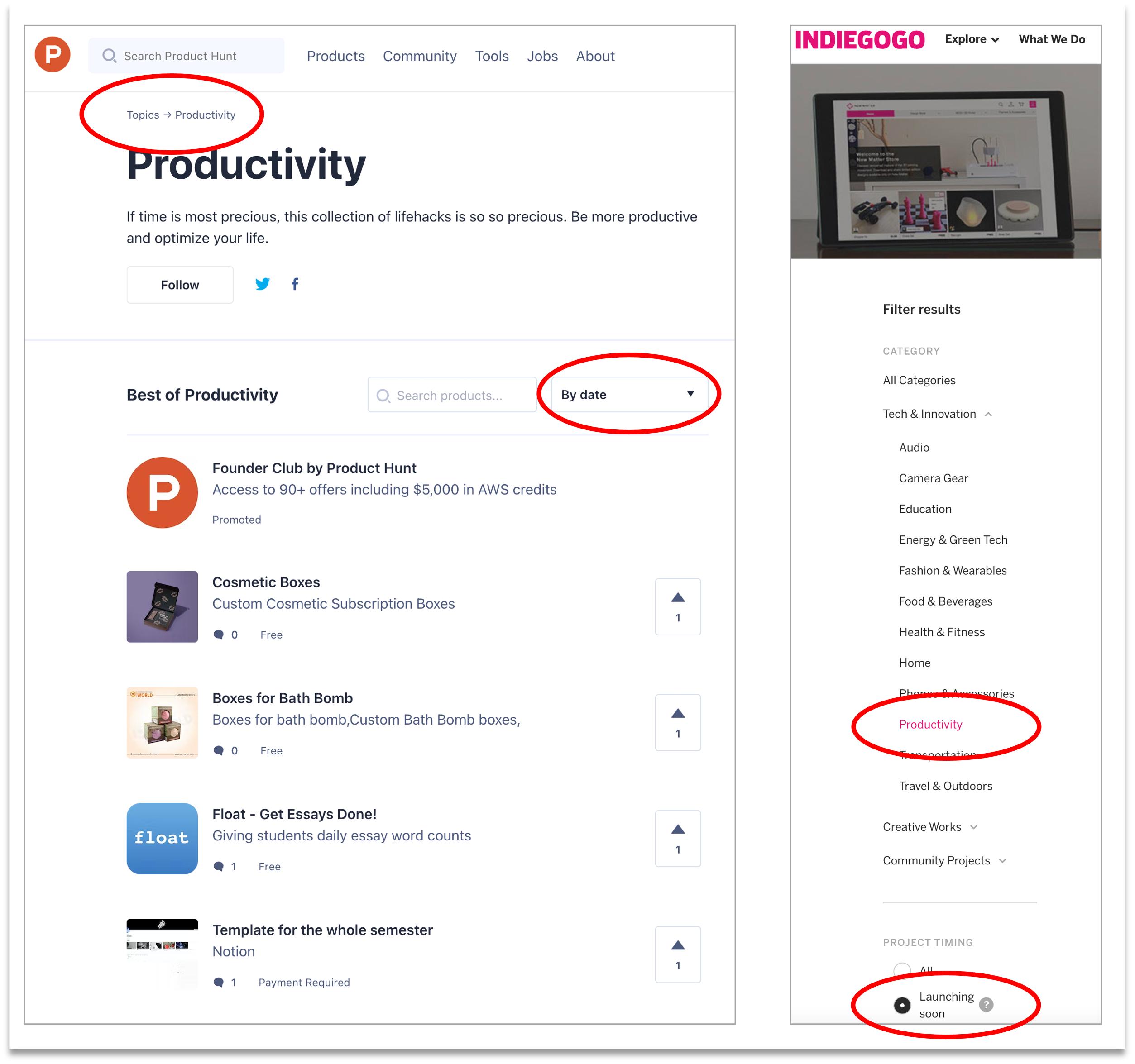
From the list of products, pick one that catches your attention.
It doesn't matter if it's an app, a physical product, or a website. You can take the time to do them all in a matter of a few minutes.
Here's an example, the FocusOn Glasses Wearable Hands-Free Device Control.
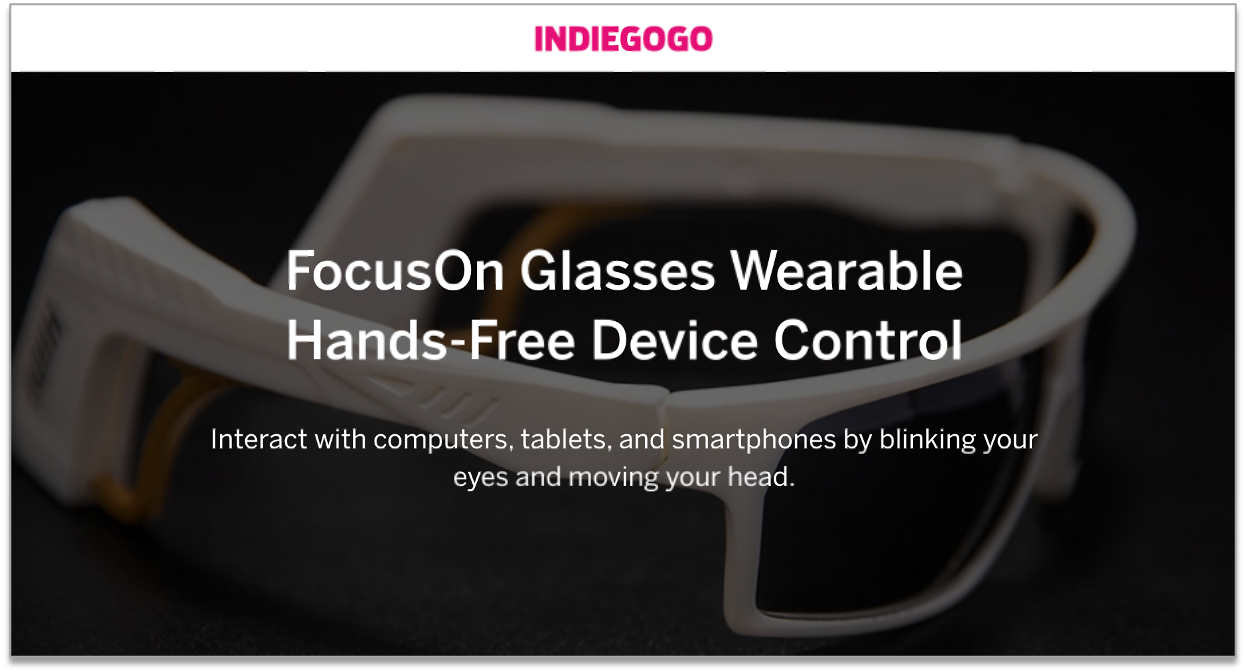
And now that we have a product, let's answer the 3 questions to determine whether this is potentially a good product.
2. Who is the product intended for? (Customer/Users)
Take a look at the descriptions, videos, and everything else the developers of this product have shared on the website.
Use the content to identify who are they targeting.
For example, in the case of these smart glasses, they are targeting everyone and anyone in the world who has any problem. Right away we can spot problems with this product. It's not intended for anyone in particular with specific problems.
Without any user segmentation, it's hard to tell what our product will do for them.
Products don't succeed just because they "look cool". Products succeed because they solve problems for specific segments of customers.

We will come back to users at the end, but so far in this example, we can see that we already have problems with targeting a specific segment of users.
3. What Problem is it trying to solve? (Customer Pain-Points)
When you scroll through the information on the website, look for how they are addressing problems that the customers (from the last question) may have.
Pay attention to how they promote their features, they will hint at what problems their feature solves.
While some companies will be better at marketing their products, focus on questioning whether they are solving any real problem or whether they are just adding technical terms to make the product sound 'cool'.
Take the example of Apple and how they show features that address specific pain points.
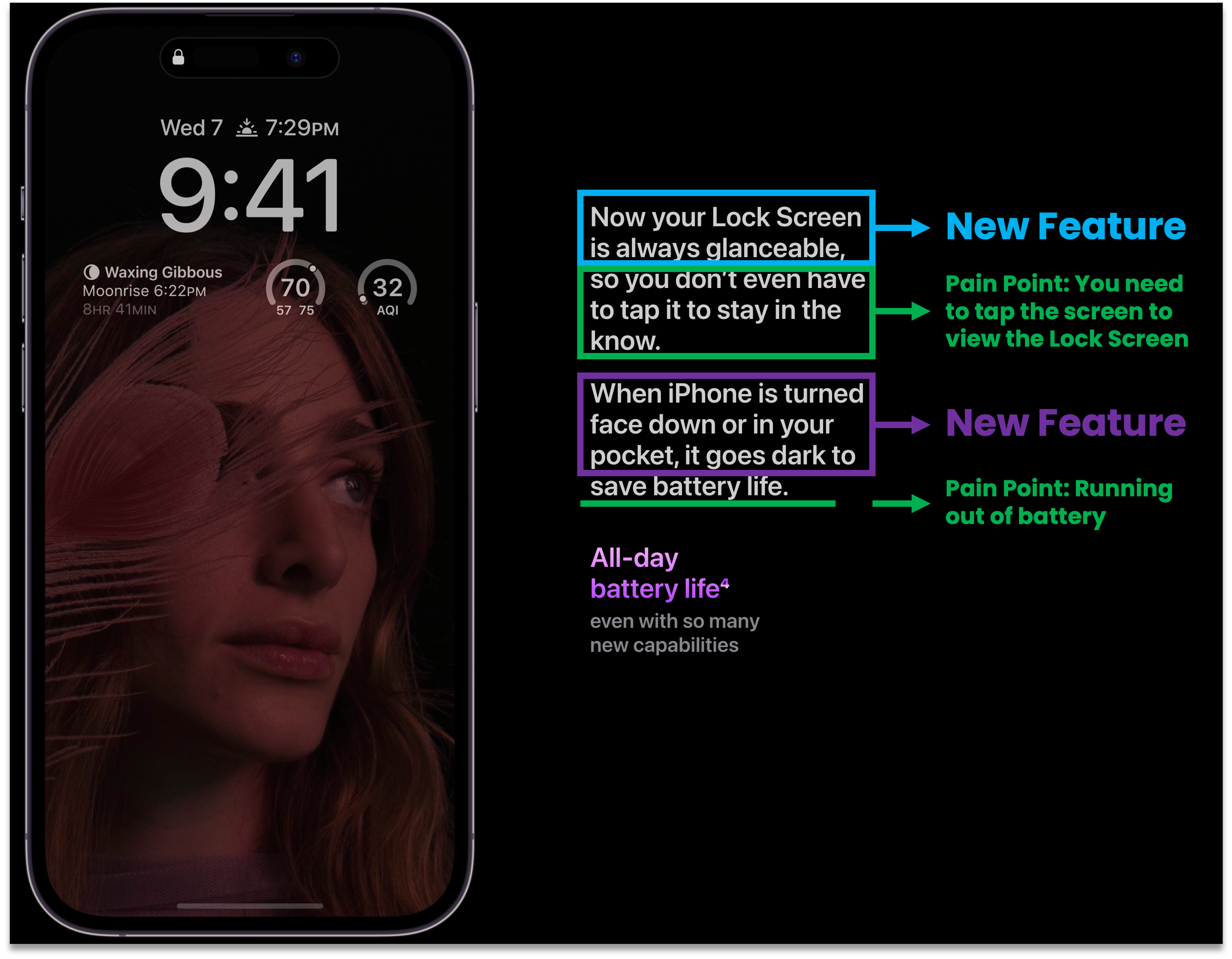
Keep in mind that apple is one of the best marketing (and Tech) companies in the world, so ignore how good/bad are these other companies at advertising their product and focus only on trying to identify the pain points they are trying to solve.
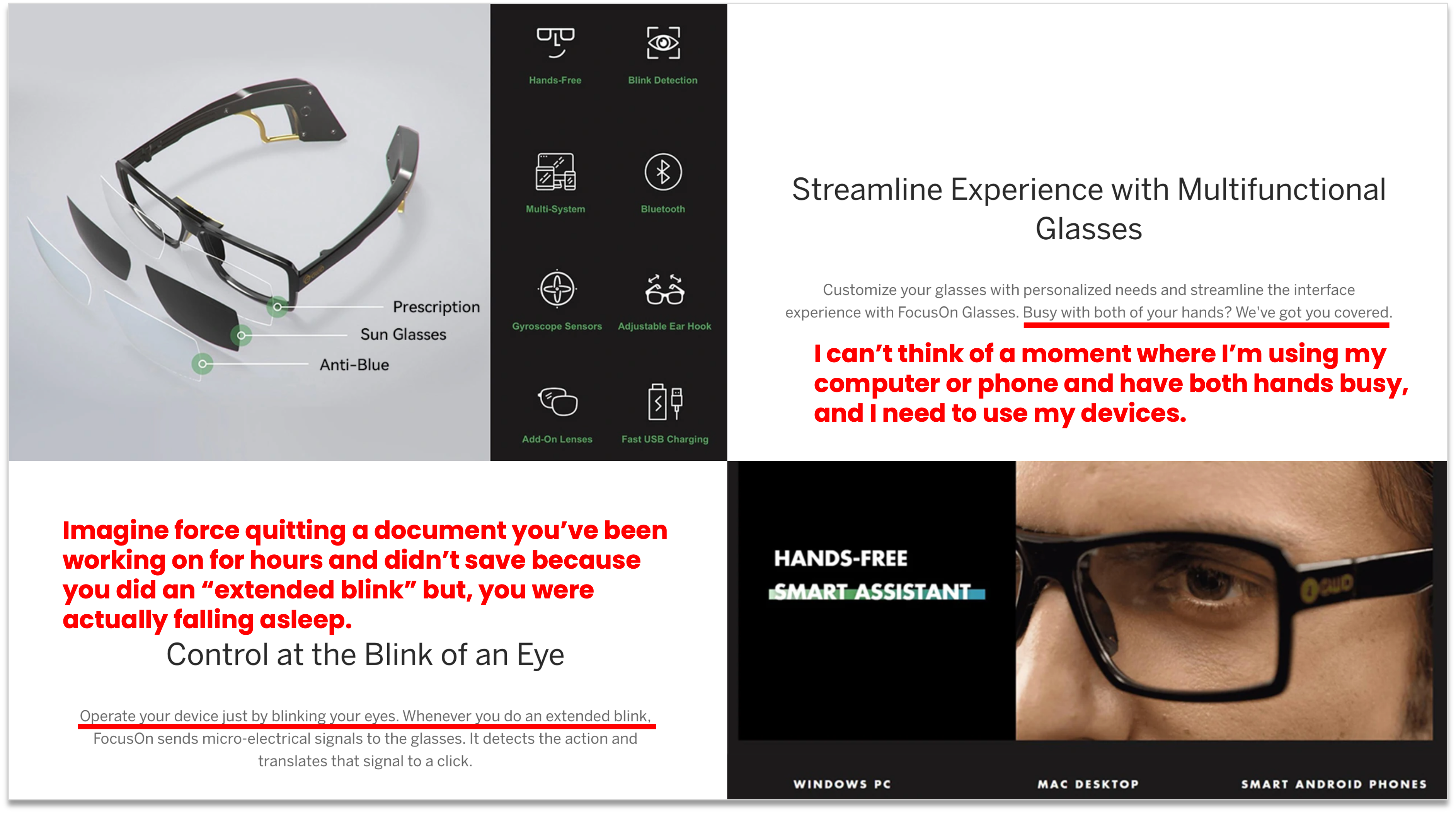
So far, for these smart glasses, we don't have a specific user and it seems like we haven't identified real pain points that the product is solving. So we move on to our final question.
4. Is the solution proposed better (easier/faster) than other alternatives? (Value Proposition)
Without having a specific segment of users to target and pain points identified to solve, we'll hardly be able to tell whether this solution is better/faster/easier than other alternatives in the market.
We can't answer this question for the smart lenses. Unless they narrow down to focus on a specific segment of users to solve pain points for them, it will be very hard to tell whether they have any good value proposition.
In contrast, here's an example with Trello when it was first released on Product Hunt 9 years ago:
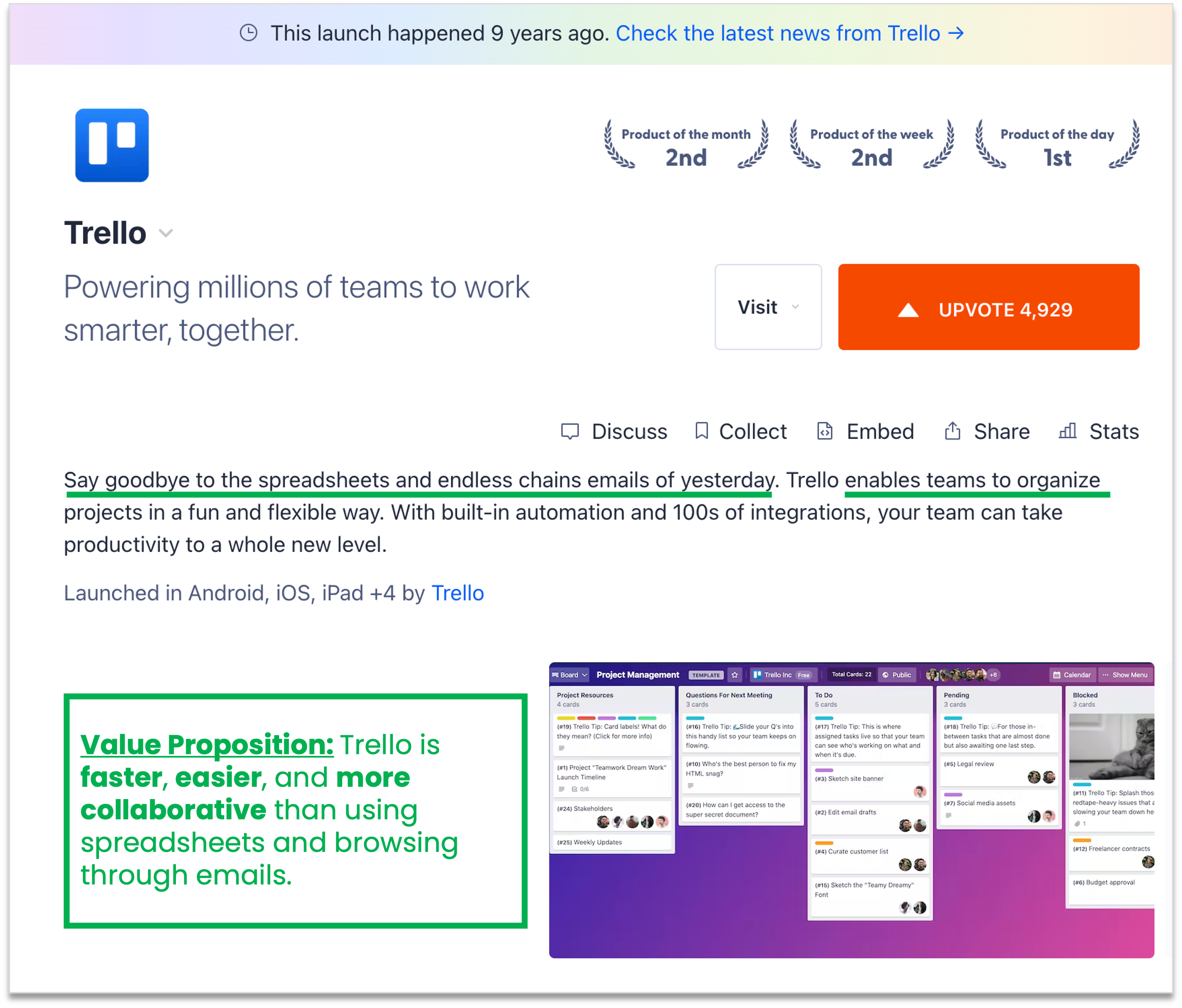
Answering these 3 questions is easier for popular (or most upvoted) products, so challenge yourself and explore products that are just starting to show on these platforms.
Now ask yourself, after going through these 3 questions:
- Is this a good product that could potentially succeed in the market? (in the case of the smart lenses, it probably won't as it was not clear who were the users and the pain points to solve for them)
- If you are one of the target users, would you buy it? And does it solve your pain points easier/better/faster?
5. Extra: How would you improve this product?
Now that you tried answering these 3 questions for a product only using the information they give you, pretend that you are the Product Manager for this product.
If you could change anything on the product, how would you answer these same 3 questions?
Let's take the same example of smart glasses to control devices through eye movement. Here's how I would approach these 3 questions
- Who is the product intended for? (Customers/Users):
- I can't think of a situation where I'm using one of my devices and I can't touch them with my hands because they are busy with something else.
- However, I can see how people who may have suffered an unfortunate accident and lost control of their hands and arms (e.g. Quadriplegia) can benefit from a technology like this.
- I would switch the product to be of medical use and focus on users who have lost the motion of their arms/hands.
- What Problem is it trying to solve? (Customer Pain-Points):
- These users may not be able to adequately use electronic devices with existing solutions as these other devices could have a less than optimal experience: movement may not be accurate, fast, or responsive.
- Is the solution proposed better (easier/faster) than other alternatives? (Value Proposition):
- For someone in a situation like this, controlling devices with eye movement and gestures can be easier, more accurate, and provide a better experience than other methods available (e.g. a brain-computer interface)
Is my solution perfect? absolutely not. I also did not do research on existing health-tech related products to know whether something like this already exists.
My goal is to practice brainstorming specific user segments, pain points, and value-added use cases with products that already exist.
Do this every few days for a couple of minutes and you'll see that in no time you'll be ready to analyze any product in front of you, including those in your next interview.
See you in the next article!
Whenever you're ready, there are 3 ways I can help you:
- Crush your Product Manager interviews and get an offer here. (Join 450+ students!)
- Schedule a 1:1 session with me for Mock Interviews and Career Guidance here.
- Promote your brand/business to 6K+ Newsletter subscribers by sponsoring content.
Helping Everyone To Land Their Next Product Manager Job
Join 8,000+ current and aspiring Product Managers in my Newsletter. Every email gives you a quick and actionable tip on landing your next Product Manager offer.
I hate SPAM. I will never sell your information, for any reason.

